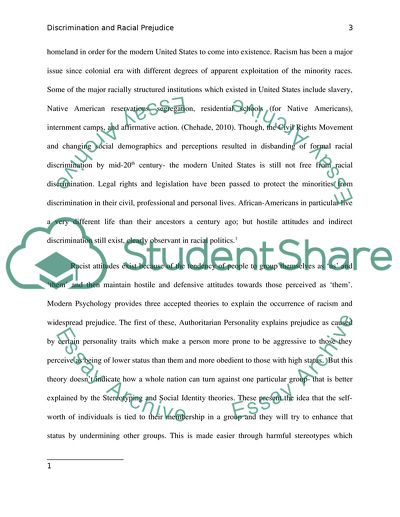Cite this document
(Discrimination And Racial Prejudice In Cleveland Term Paper, n.d.)
Discrimination And Racial Prejudice In Cleveland Term Paper. Retrieved from https://studentshare.org/sociology/1779220-the-prince-hall-freemasons-in-cleveland-ohio
Discrimination And Racial Prejudice In Cleveland Term Paper. Retrieved from https://studentshare.org/sociology/1779220-the-prince-hall-freemasons-in-cleveland-ohio
(Discrimination And Racial Prejudice In Cleveland Term Paper)
Discrimination And Racial Prejudice In Cleveland Term Paper. https://studentshare.org/sociology/1779220-the-prince-hall-freemasons-in-cleveland-ohio.
Discrimination And Racial Prejudice In Cleveland Term Paper. https://studentshare.org/sociology/1779220-the-prince-hall-freemasons-in-cleveland-ohio.
“Discrimination And Racial Prejudice In Cleveland Term Paper”, n.d. https://studentshare.org/sociology/1779220-the-prince-hall-freemasons-in-cleveland-ohio.


